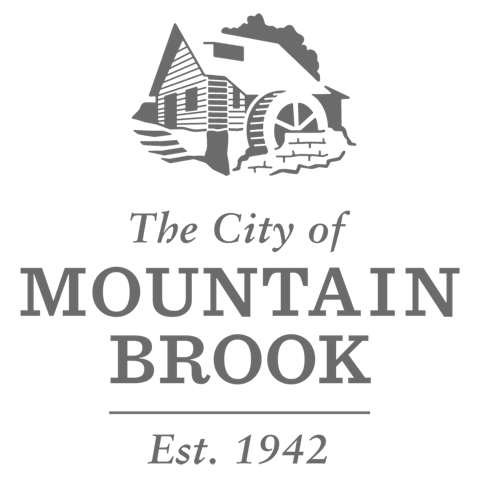5 Skills Leaders MUST Have to Engage with Employees Facing Challenges
Over the last few weeks, we have discussed engagement on several different levels inside of organizations. We have explored how leaders engage with one another, how leaders engage with employees, and what causes disengagement within the workforce. This week, we combine those topics and look specifically at how leaders engage with employees dealing with a personal or professional challenge.
“Leadership should be born out of the understanding of the needs of those who would be affected by it.” – Marian Anderson

Perhaps one of the most significant examples of leadership in a crisis is the thirty-second President of the United States, Franklin Delano Roosevelt (FDR), during the banking crisis, the recession, the New Deal, and World War II. His Fireside Chats redefined the relationship between the President and the American people. FDR utilized three simple steps to engage with the American population:
-
He “Showed Up”
At this time in history, access to the President was novel. Roosevelt took four or five days of overtime preparation for each one of his speeches and connected with his audience. He knew that being present to the public would be incredibly beneficial because “showing up” is how you demonstrate you care. You spell care T-I-M-E, and FDR gave his time and energy to the American people.
-
He Communicated with Honesty & Authenticity
FDR knew that people were anxious and struggling. He wanted to calm worries by speaking plainly about difficult topics. He tried to tell people, “what has been done in the last few days, why it was done, and what the next steps are going to be.” Roosevelt would use common analogies and chose words that he would use in an informal conversation with his friends.
-
He Demonstrated Empathy
The term “fireside chat” was inspired by a statement from Roosevelt’s press secretary, Stephen Early, who said that “the President liked to think of the audience as a few people seated around his fireside.” FDR wanted his speeches to feel intimate – to feel as if he was communicating with every individual. This approach showed his desire to understand what the public was experiencing and feeling during these tumultuous times.
As a leader, we can use this template, along with a few additions, to engage with your employees effectively.
-
Show Up
Your employees need to know that you are available. An “open door” policy is great in theory, but in some instances, your team members need to be pursued. Check-in. Ask questions. Be proactive. Be intentional, especially in challenging moments for your team.
-
Communicate Honestly & Authentically
Employees tune out and disengage from dishonest and inauthentic leaders. When an organization has an authentic leader at the helm, employee engagement improves, job stress decreases, productivity skyrockets, and work culture improves. The Harvard Business Review found that 75% of employees want to experience more authenticity at work.
-
Be Empathetic
The attempt to understand what another person is feeling and experiencing is powerful. Demonstrating empathy as a leader connects you to your team and shows that you care about them as a whole person, not just an employee.
-
Listen to Your Employees
Active listening involves the use of your ears and eyes. Let your employees finish – don’t interrupt. Respond to show engagement. Ask questions to clarify. Finding different ways to listen to your employees will increase their engagement with you and prove your engagement.
-
Ask for Feedback
Talk to your employees to find out how you are performing as a leader. Take those suggestions and solicit new ways of doing things to make progress on those changes. However, don’t ask for feedback if you aren’t willing to address it – the unintended consequence is disengagement.
FDR gained immense popularity through this time of uncertainty because he engaged with the public. This level of intimacy with politics made people feel as if they, too, were part of the administration’s decision-making process, and many soon felt that they knew Roosevelt personally. Most importantly, they grew to trust him. The conventional press grew to love Roosevelt because they had also gained unprecedented access to the goings-on of government and the country’s leadership. Roosevelt’s radio audiences averaged 18 percent during peacetime, and 58 percent during the war. These percentages demonstrate the people need for engaged leadership, especially during challenging times.
Are you showing up for your people? Do they feel connected enough to you to be vulnerable to ask for help during a challenging time?
If you are intentional about the outlined steps above, your people will begin to rely upon you and bring an engaged work ethic to the office.
But, if you feel like you can improve at engaging with your team, especially around difficult situations, reach out to us to learn more. Give us a call at (205) 540-3009 or schedule a time to talk with a DREAM4 Leader today.
How We Serve
Looking for a different solution? Click here
Google's average rating of 5.0 out of 5 stars from 7 reviews.
DREAM4 is trusted by over 5,000 happy customers across the country.















